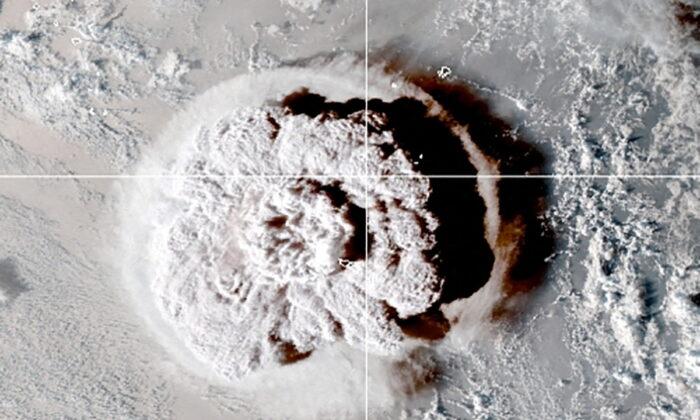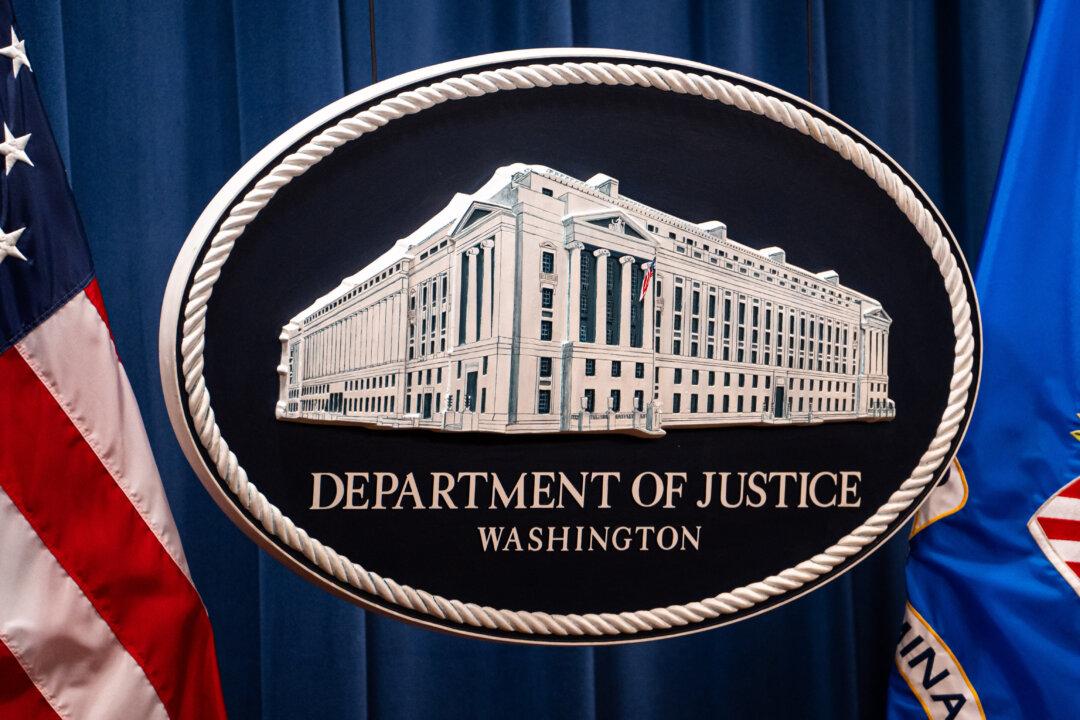Injuries in Tonga are currently unknown after a four-foot tsunami wave hit the Pacific island nation on Saturday, triggered by an underwater volcano eruption.
Information has been slow to get out due to a disruption to communications.
Australia’s Bureau of Meteorology said the Hunga Tonga-Hunga Ha'apai volcano erupted at 5:10 p.m. local time on Saturday, and tsunami waves have been observed as a result of the eruption.
A tsunami warning has also been posted for certain coastal areas of surrounding Pacific nations.
Japan’s meteorological agency reported a four-foot tsunami wave in Amami Oshima, with smaller waves reported along other areas of Japan’s Pacific Coast.
Hundreds of thousands of Japanese citizens were advised to evacuate on Sunday as waves of more than a metre hit coastal areas, public broadcaster NHK reported.
Around 230,000 people were advised to evacuate across eight prefectures due to the tsunami risk, NHK reported. The alert included areas hit by the deadly 2011 tsunami.
Ten boats were capsized in Kochi prefecture on Shikoku island in southern Japan, NHK said, and Japan Airlines cancelled 27 flights at airports across the country.
Meanwhile, marine warnings are active for Australia’s east coast and Lord Howe, Norfolk, and Macquarie islands after a tsunami wave height of 1.27 metres was observed on Norfolk Island at 9 p.m. local time and an 82-centimetre wave was registered on the Gold Coast at 10:54 p.m. AEDT on Saturday. A 50-centimetre surge was observed at Hobart’s Derwent Park about 11:44 p.m. AEDT, and Port Kembla in NSW’s Wollongong registered a 65-centimetre wave at 2:50 a.m. AEDT on Sunday.
Land warnings were issued earlier for Norfolk Island and Lord Howe Island, but by 10:30 a.m. on Sunday, these were downgraded and replaced with marine warnings.
“In areas with a threat to the marine environment only, emergency authorities advise people to get out of the water and move away from the immediate water’s edge of harbours, coastal estuaries, rock platforms, and beaches,” the bureau said in a statement.
BOM meteorologist Sarah Scully said these warnings would remain in place until there were “no significant observations for six hours.”
“We’re waiting to be really sure that the impacts and the energy from the volcanic eruption has dispersed and it’s no longer a danger to any people out of the water,” she told ABC News.
No Australians have been injured in that tsunami after it struck Tonga, Australia’s Health Minister Greg Hunt has said.
Hunt said the country’s Foreign Minister Marise Payne and the Department of Foreign Affairs and Trade are working with Tongan authorities.
“DFAT will continue to engage with the Tongan Government and has offered through the foreign minister all possible support that may be required,” Hunt told reporters in Canberra during his latest COVID-19 update on Sunday.
A tsunami warning for Hawaii was lifted on Saturday morning. The Pacific Tsunami Warning Centre posted on Twitter for residents to beware of small sea level changes and strong or unusual currents that “may persist for several additional hours.”





